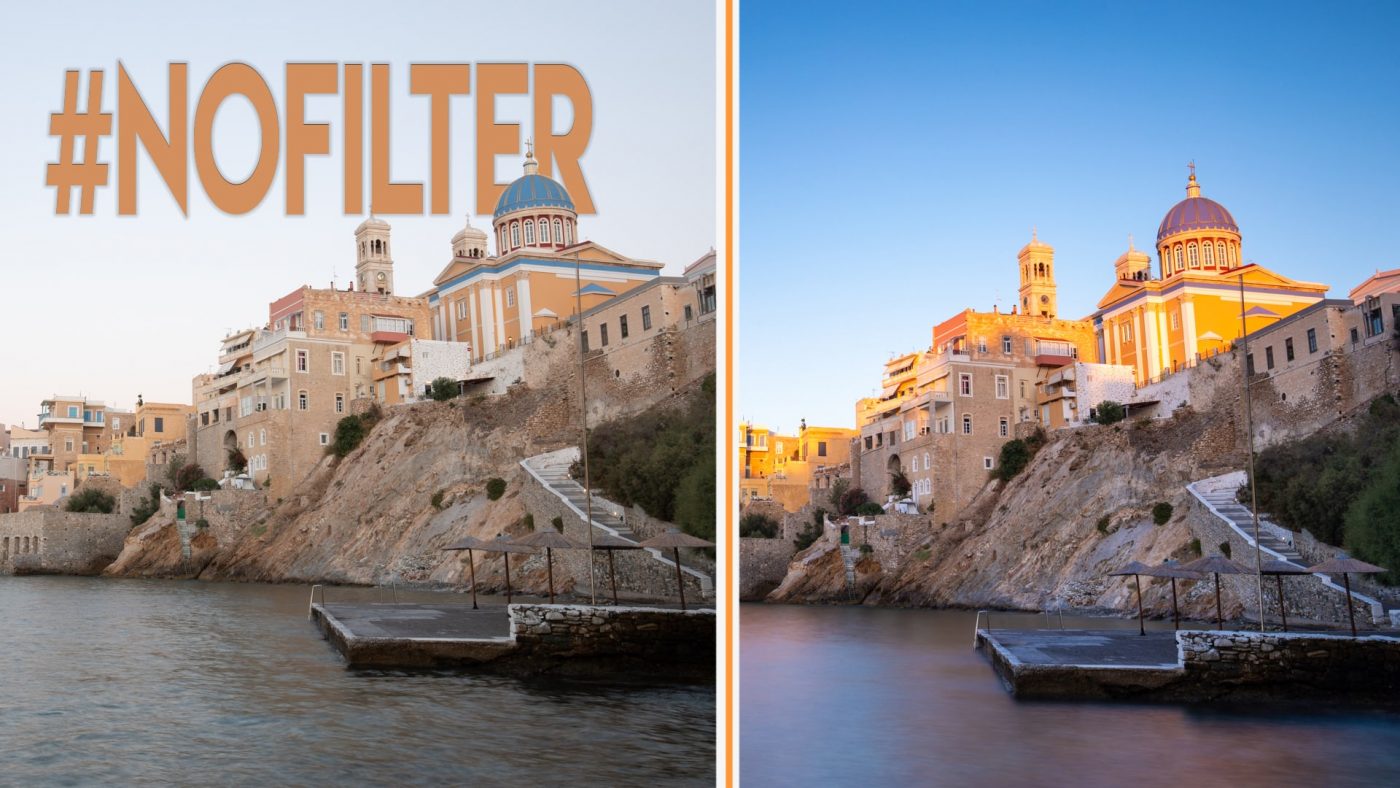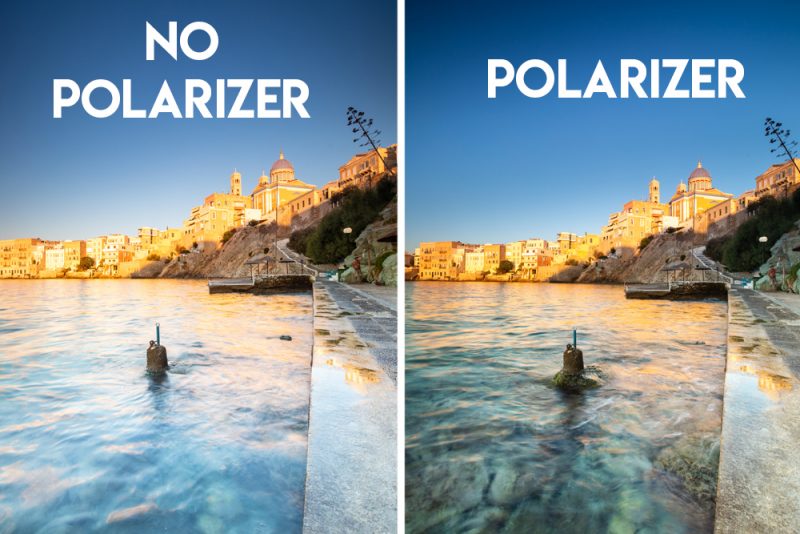Filters were probably the one piece of photography equipment that immediately made me a better photographer. And I guess that’s the reason I always find myself surprised when more people aren’t using filters. In most cases, you can’t “photoshop” images to be the same way they are when you use filters. Sure, there are techniques that mimic it or fake it to some degree. But there are certain things you just need filters to do.
This isn’t going to be an extensive post. But, I do go into detail in the vlog below if you want a visual aid to this lesson.
What Filters do I Use?
Before I even jump into the information, let me list the filters I use since I know that a lot of you have come from my YouTube Channel where I discussed this.
What is an ND Filter?
Neutral Density.
Back in the days of film, there was a lot more variety when it came to filters. Lots of filters had colour casts on them to make the images warmer or colder. Lots of people even used filters that were grad filters where the top was warm and the bottom clear to get a warmer sky.
These days, however, we do most of those adjustments in Lightroom or Photoshop. So, the main filter photographers use these days are Neutral Density (ND) filters. The word neutral in ND refers to the idea that the filter will have no colour cast. It should be grey. Of course, most filters these days (especially the budget ones) do create some sort of colour cast. But, in theory they shouldn’t.
The main purpose of an ND filter is to reduce the amount of light that reaches the camera’s sensor.
The “Square” Filter System
I use the square filter system which consists of an adapter ring for the lens, the filter holder which goes on that adapter ring, and then 2-3 slots for filters.
For me, it’s the most versatile system and it means that I don’t need to buy different filters for each of my lenses.
There are circular ND filters, and if you only use one lens they can make sense for some people. But, I feel like if you really want to start using filters in your photography you should be investing in a filter system like this one.
When buying a square filter system it’s important to know that you also need to buy adapter rings for your lenses. If you’re lens is a 77mm thread, then you need a 77mm adapter ring. It should also be noted that if you’re using a wide angle lens – anything wider than about 30mm – you should be buying the wide angle versions of the adapter rings or else you can get vignetting.
The Types of ND Filters
Neutral Density
When people refer simply to an ND filter they’re talking about a piece of glass that has no gradient and has no colour cast. It’s a filter that does nothing but block out light. Most people carry a couple NDs. Personally I carry 3, 6 and 10 stop ND filters.
Grad ND Filters
A Grad ND is a filter that’s darker on one half than the other. They are used to darken a part of the image while allowing light to get through the rest of it.
Grads come in soft, medium, or hard edges. And essentially what that means is how gradual the transition from dark to bright. For the most part, grad NDs come in 1,2,3, and 4 stop varieties. If you can only have 1 grad filter, I recommend getting a 3-stop soft grad, or a 3-stop medium grad.
Reverse Grad ND
The other type of grad filter that lots of photographers use (I don’t even own, but should) is a reverse grad filter. What a reverse grad does is puts a hard line transition in the middle of the filter and then the gradient actually goes up towards the top. They are mostly used for shooting into sunsets/sunrises when the light is likely going to be brightest right on the horizon.
Other Types of Filters for Photography
Polarizers
The main goal of a polarizer is to cut out reflection. Quite amazingly, a good polarizer reduces glare significantly. In automotive photography, it’ll cut out unwanted reflection from windows. In landscape photography it will cut reflections in water and deepen certain colours.
Be careful with polarizers, though. In certain situations they can totally kill a good looking sky.
Variable ND Filters
A variable ND filter is a round ND filter that gets darker or brighter as you spin it. Essentially it’s 4 or 5 NDs in one. But, it usually means that you can’t stack another filter on top of it. So, you couldn’t use and ND and a grad ND at the same time.
Variable ND filters are mostly used by videographers to adjust for changing light conditions while not needing to change any of the camera’s speeds.
Colour Filters
There are plenty of brands out there that offer colour filters. Usually, they work the same as grad NDs or NDs except the offer a colour cast like pink or red.
In my opinion, you can add that colour cast really quickly in photoshop, so it’s not a product I’d spend my money on.
Questions?
If you have any filter related questions, feel free to drop a comment below!
What’s Next?
I have a post coming about product photography. And, as you saw in the video at the top, I’m in Syros, Greece. There will be a couple vlogs from here. Then, it’s back to Crete for a bit.



